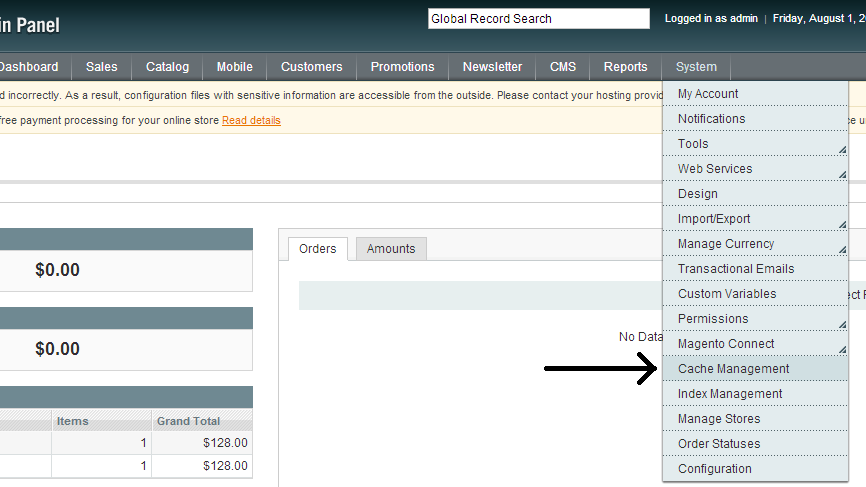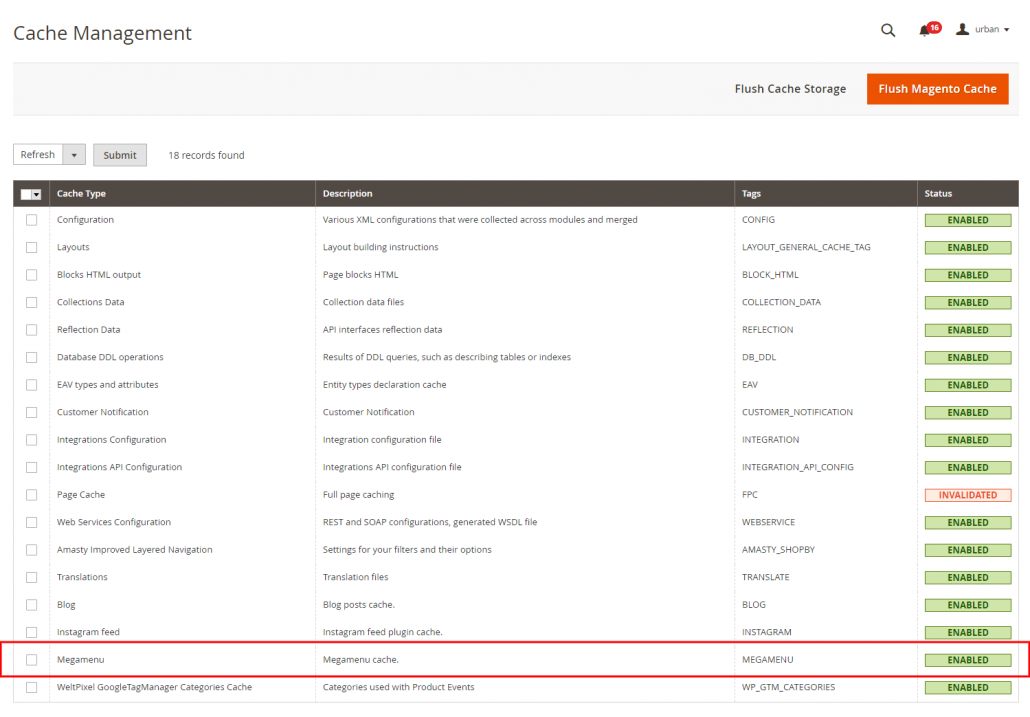

- MAGENTO 2 SET PRIVATE CACHE FULL
- MAGENTO 2 SET PRIVATE CACHE VERIFICATION
- MAGENTO 2 SET PRIVATE CACHE SOFTWARE
- MAGENTO 2 SET PRIVATE CACHE CODE
The default array key configures the regular cache sections (e.g. Here we see a default and page_cache array key defined under a frontend array key (where the term frontend refers to a cache frontend, rather than the frontend configuration namespace). An example of the configuration in app/etc/env.php to achieve this would look like this: array ( However, like its Magento 1 predecessor it has the benefit of being configurable so that the caching storage can use a few different external applications, including Redis and database (the default is file system).Īlso, like Magento 1, the FPC cache storage configuration is separated from the rest of the cache storage configuration. This might cause it to be dismissed as lightweight. This is analogous to the FPC engine in Magento 1.Īs you can see from the screenshot, the built-in option comes with a rather obvious disclaimer that it is not recommended for production use. When Magento Commerce is initially installed the FPC uses the built-in option. Javascript integral to delivering private content Javascript used as a workaround to deliver private content Placeholders and AJAX/local storage for private content The other equally notable aspect of Magento Commerce’s FPC is that Varnish integration is available in FPC with only minimal configuration, which means that caching is at the heart of Magento Commerce rather than an afterthought. In Magento 1 FPC was an Enterprise Edition (EE) feature only, which meant that CE users had to buy a module to get this sort of functionality. One of the most notable aspects of FPC in Magento Commerce is that it is now a standard feature in the Community Edition (CE). The FPC is a key performance feature in Magento Commerce, but differs significantly from the Magento 1 FPC.
MAGENTO 2 SET PRIVATE CACHE FULL
This Magento Commerce (previously Magento 2) tutorial looks at the Magento Commerce full page cache (FPC). This completes the tutorial on modifying. Header set Cache-Control "no-cache, no-store, must-revalidate" Header set Cache-Control "max-age=0, no-cache, no-store, must-revalidate"Įxample 2, ideal for other sites: # DISABLE CACHING htaccess files in parent directories which have precedence over the one placed in a sub-directory.Įxample 1, great for caching websites while excluding certain file types which are updated often: htaccess file.īear in mind that there may be multiple. If you want these directives to occur before something else, then they should be placed higher within your. htaccess files are read from top to bottom.

MAGENTO 2 SET PRIVATE CACHE CODE
The second code block uses cache-control Apache header.Ī few things to consider when adding the code to. The first example identifies the file types that you do not want to be cached. We have provided two examples of code that you can use in the. There are a few different versions of code that you can add to disable website caching.
MAGENTO 2 SET PRIVATE CACHE SOFTWARE
If you are unsure, contact the software developer(s) for further assistance. There may be easier methods depending on your workflow and software.
MAGENTO 2 SET PRIVATE CACHE VERIFICATION
Pages requiring login verification that include frequent updates.Caching structures that you prefer to use server-side (e.g.



 0 kommentar(er)
0 kommentar(er)
